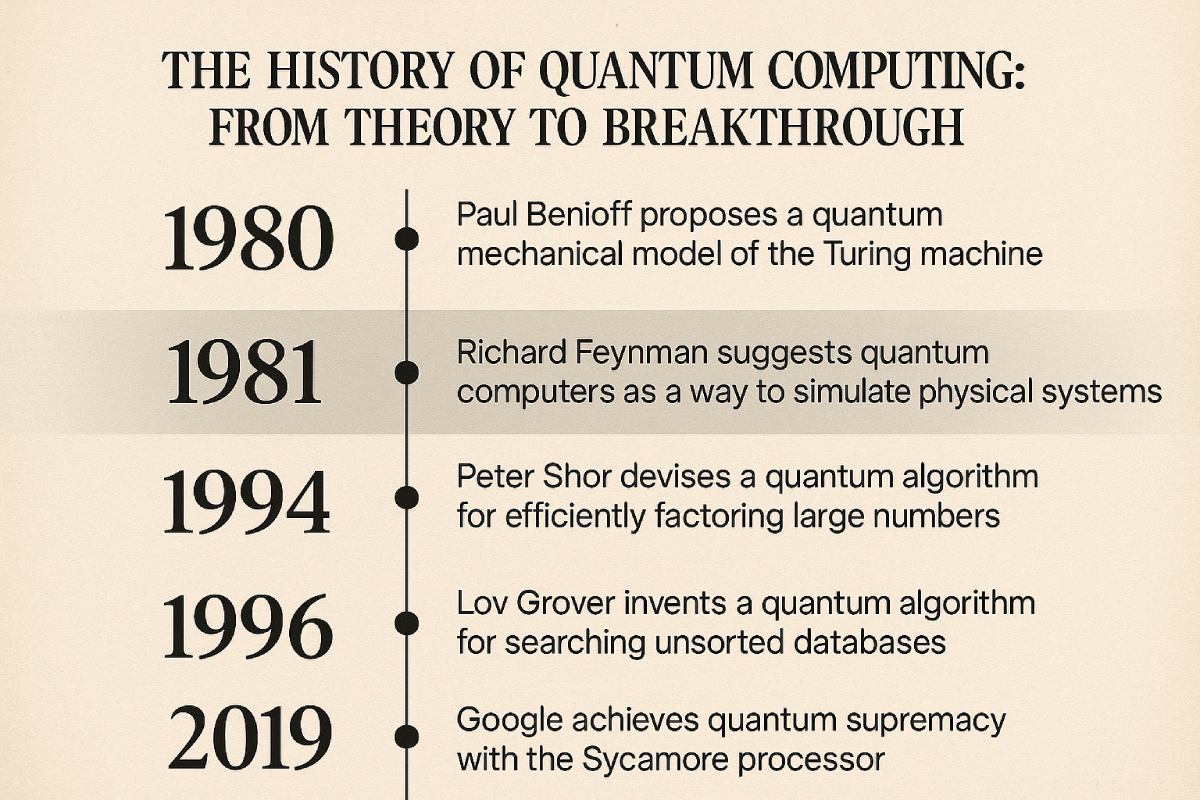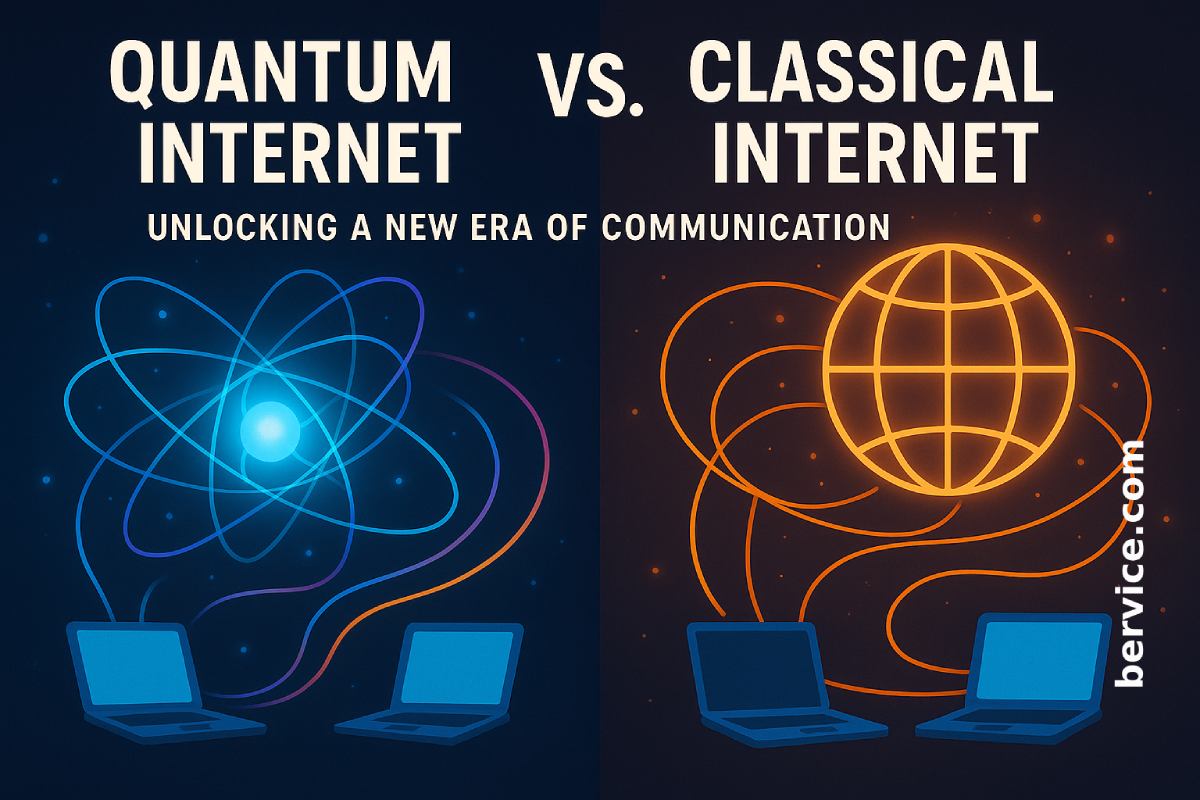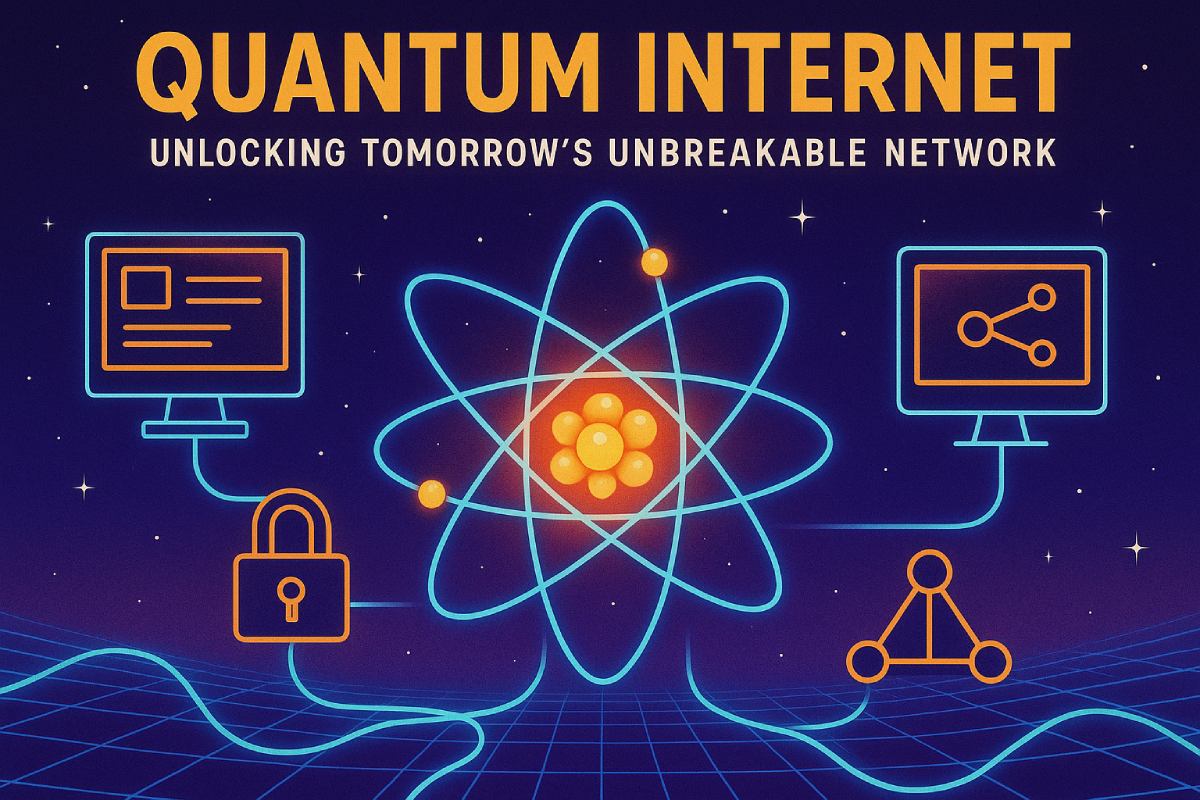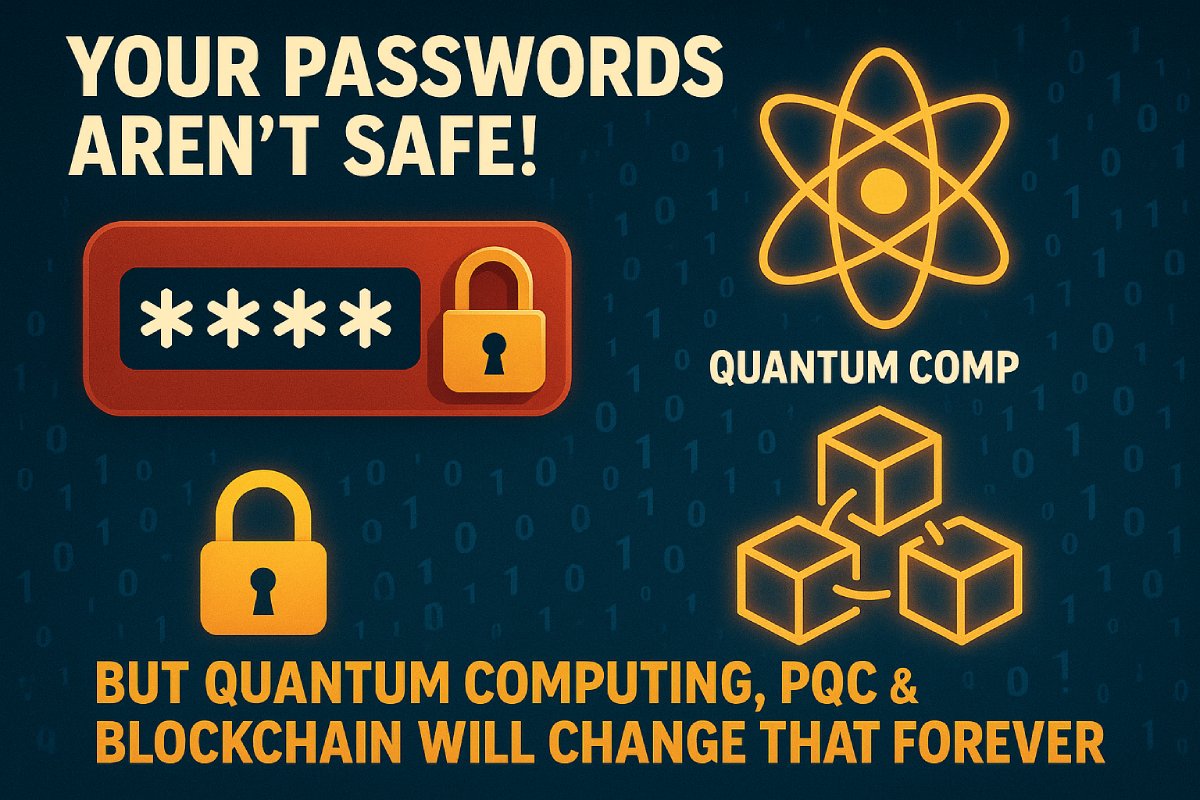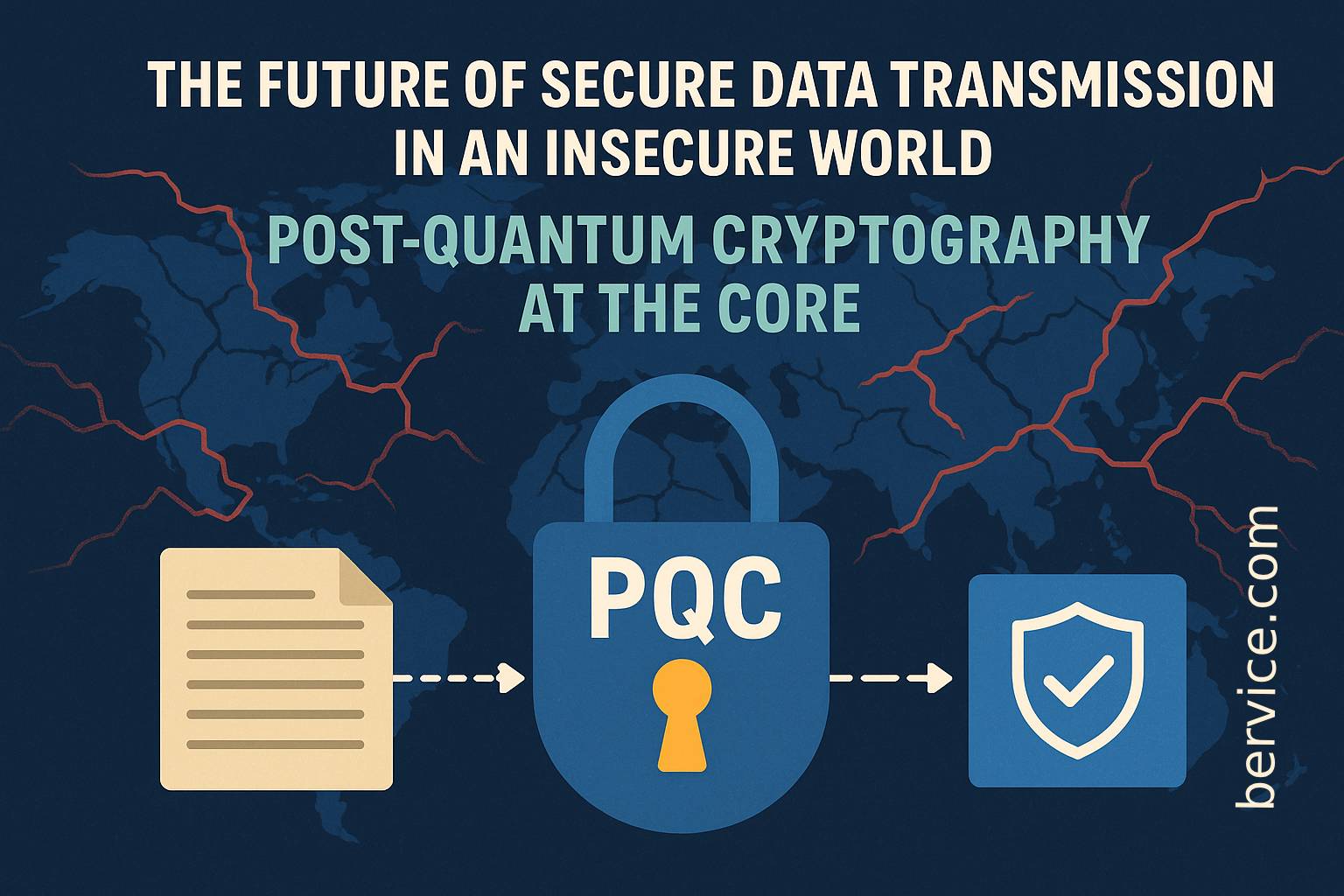
In an era where data is the new currency and digital infrastructure underpins nearly every aspect of modern life, ensuring secure data transmission has become a paramount challenge. The alarming scale of data breaches—from tech giants like Google, Meta, and Apple—has exposed billions of records and weakened public trust in cloud infrastructure. With the looming threat of quantum computers capable of breaking today’s encryption, the urgency for a next-generation cryptographic solution is no longer theoretical—it is existential.
Why Current Security Models Are Failing
Today’s encryption systems, such as RSA and ECC (Elliptic Curve Cryptography), rely on mathematical problems that are currently difficult for classical computers to solve. However, with the advancement of quantum computing, particularly through algorithms like Shor’s algorithm, these systems are on borrowed time. A sufficiently powerful quantum computer could decrypt the majority of internet traffic, financial transactions, medical records, and classified communications in minutes.
These vulnerabilities are exacerbated by centralized data storage systems. Tech corporations store vast troves of user data in cloud servers, which serve as single points of failure. Once breached, attackers gain access to unimaginable volumes of sensitive data—identity information, financial logs, location history, and more. The cost of such breaches goes beyond dollars; it strikes at the core of digital trust.
Post-Quantum Cryptography: A Quantum-Resistant Defense
Post-Quantum Cryptography (PQC) is a class of cryptographic algorithms designed to withstand attacks from both classical and quantum computers. Unlike quantum cryptography, which requires specialized hardware like quantum key distribution (QKD), PQC algorithms are designed to run on classical systems, making them more practical for widespread deployment.
Promising PQC candidates include lattice-based schemes (like CRYSTALS-Kyber and NTRU), multivariate polynomial cryptography, and code-based cryptography. These systems are currently undergoing rigorous evaluation by the National Institute of Standards and Technology (NIST), which is preparing a global standard for quantum-resistant encryption algorithms.
With PQC, even if a hacker possesses a quantum computer, the encryption remains robust. This is essential for future-proofing communication protocols, secure software updates, blockchain systems, financial infrastructures, and digital identity platforms.
Migration Challenges and Urgency
Transitioning to PQC is not as simple as flipping a switch. Every layer of digital infrastructure—from TLS protocols and VPNs to embedded IoT devices and firmware—must be re-engineered or patched to support these new cryptographic standards. The logistical and economic implications are enormous.
Worse still, the threat is already active: “Harvest now, decrypt later” attacks are being carried out by state-sponsored entities, where encrypted data is being stolen today with the expectation that it can be cracked in the near quantum-enabled future.
To prevent future catastrophes, organizations must begin hybrid cryptography deployments immediately, combining traditional and PQC systems during the transition phase. Tech leaders, governments, and security researchers must act in unison to avoid a scenario where critical global systems are rendered obsolete overnight.
A Decentralized and Resilient Future
The future of secure communication demands more than just stronger encryption—it requires decentralization, transparency, and adaptability. Integrating PQC with decentralized storage systems, blockchain-based authentication, and zero-trust architectures can eliminate many of the vulnerabilities that plague current systems.
Imagine a world where medical records are stored on decentralized, PQC-encrypted ledgers, accessible only to authorized parties with tamper-proof audit trails. Or where messaging apps use hybrid PQC to guarantee confidentiality regardless of future computing capabilities.
The transition to PQC is not just a technical upgrade—it is a strategic shift toward a more resilient digital civilization.
Conclusion
The rise of quantum computing doesn’t spell the end of cybersecurity—it offers a wake-up call. In a world where data is under constant threat and trust is easily broken, Post-Quantum Cryptography offers a path forward. By adopting quantum-resistant standards and decentralizing the core of our digital infrastructure, we can reclaim control of our data and secure the digital world for generations to come.
Connect with us : https://linktr.ee/bervice
